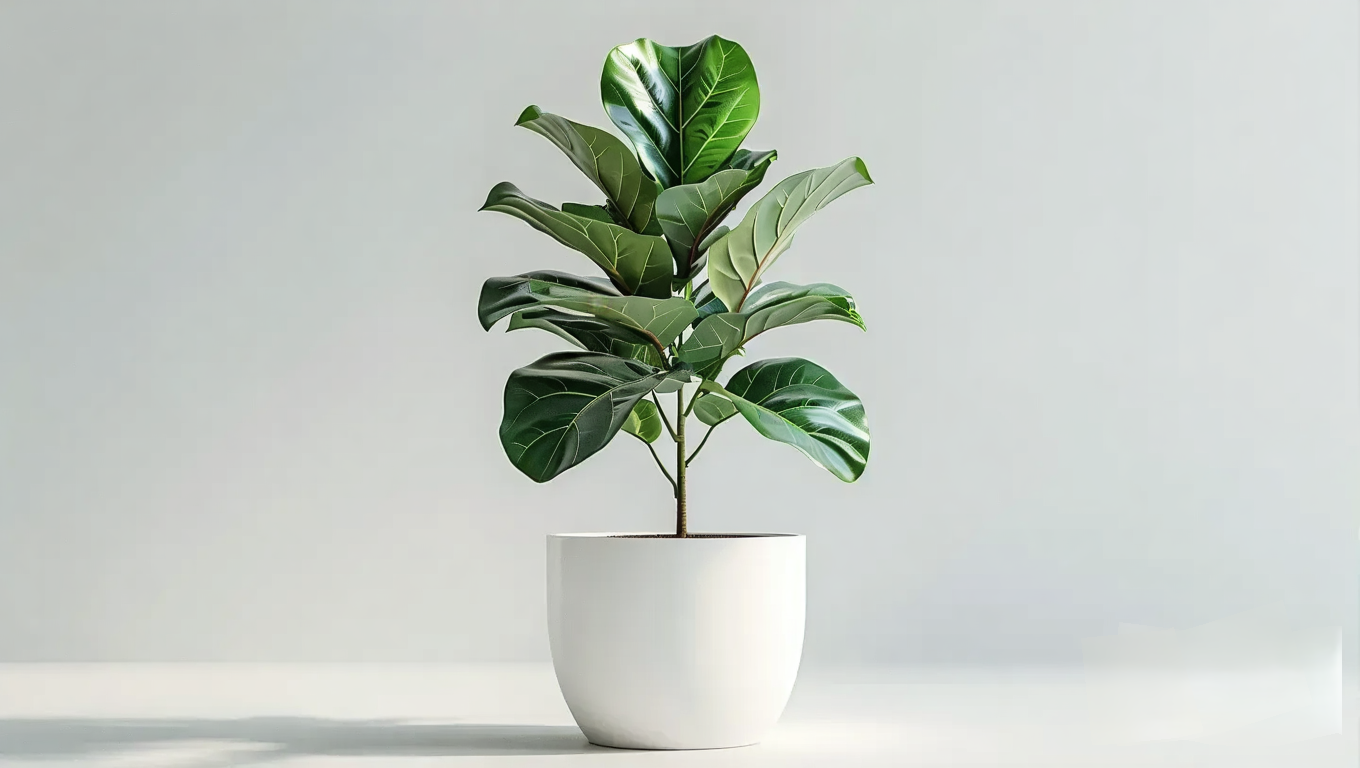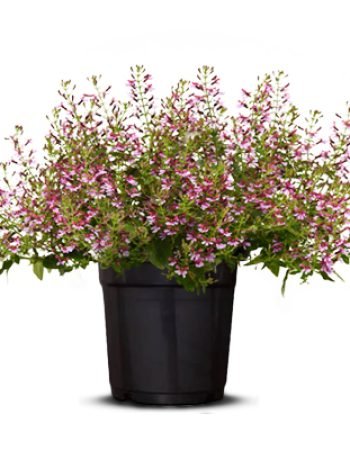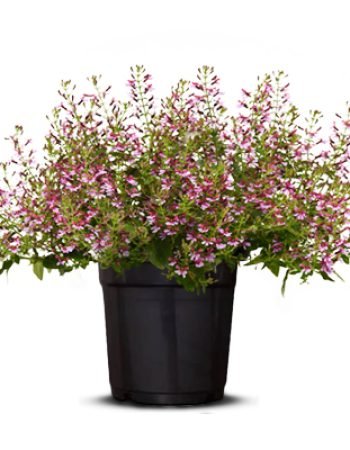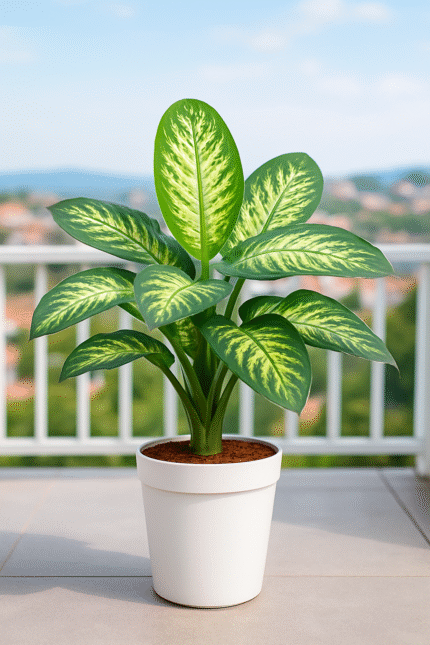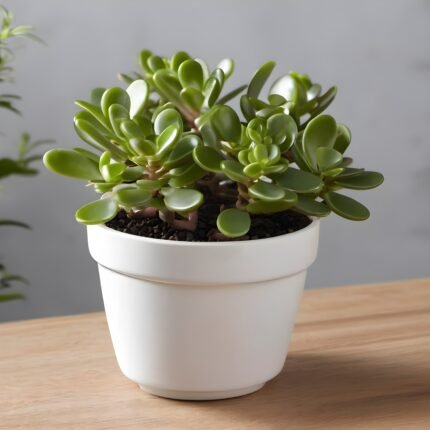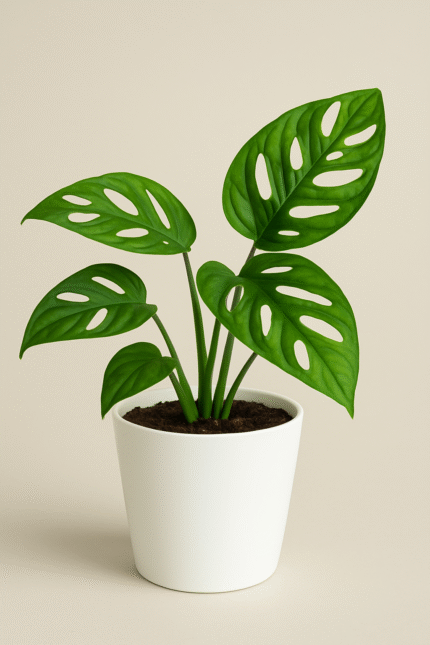Product Description:
These marvelous plants stand out indoors because of their architectural shape and glossy, prehistoric-looking leaves. The leaf fig, more commonly known as ficus lyrata. You’ve most likely seen this gorgeous plant gracing the pages of magazines and the floors of luxurious homes. Its iconic, fiddle-like leaves and glossy violin-shaped leaves that grow upright on a sleek trunk. A fiddle-leaf fig is perfect as a focal point of a room if you can situate it in a floor-standing container where the plant is allowed to grow to at least 6 feet tall. Fiddle leaf figs come from the tropical jungles of West Africa.
Light:
Fiddle-leaf figs require bright, filtered light to grow and look their best. Fiddle Leaf Figs should be placed in front of a window that will receive direct morning or afternoon light. Ideally, what you’re aiming for is a window with a mostly unobstructed eastern, western, or southern exposure,
Water:
During the growing season water your fiddle-leaf fig when the top inch of soil feels dry. And over the winter months, water slightly less.
Soil:
Any quality indoor plant potting mix should be suitable for a fiddle-leaf fig. And make sure the soil drains well.
Fertilizer:
10-4-3 fertilizer is a great, gentle choice for indoor foliage. Simply mix this in to your watering can using the supplied directions every other week. where your plant is receiving a good amount of light so its work vey well.
Temperature and Humidity:
Pruning:
Cut back any damaged leaves, overgrowth, or crossing branches to let the plant breathe. Make any cuts about an inch away from the trunk to avoid any damage.
Propagating Fiddle-Leaf Fig:
- Use a pair of sharp shears to cut a stem about 12 to 18 inches long with a few leaves.
- Place the vase of the cutting in a jar or vase of clean, room-temperature water and put it in a warm place with bright, but indirect light.
- Change the water only when it appears cloudy.
- In a few weeks, small white bumps will appear on the stem’s base that’s sitting in the water. In a couple of weeks after that, roots will grow in the water from those spots.
- When the roots reach 1 to 2 inches long, plant the cutting in a 1-gallon pot filled with potting soil and water until damp, and continue to keep the soil moist, but not soggy or overwatered.

